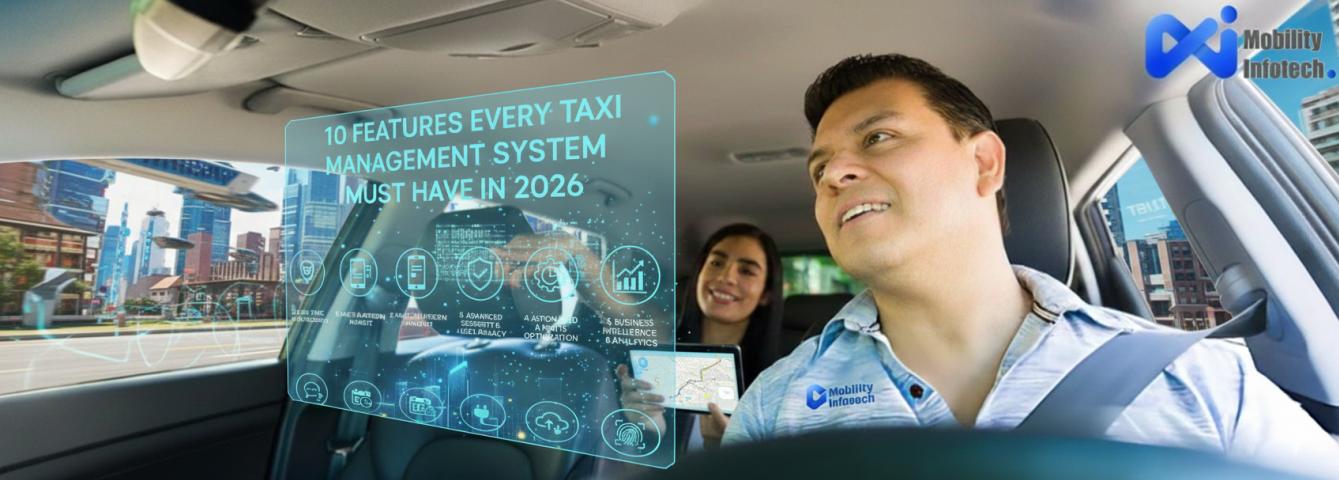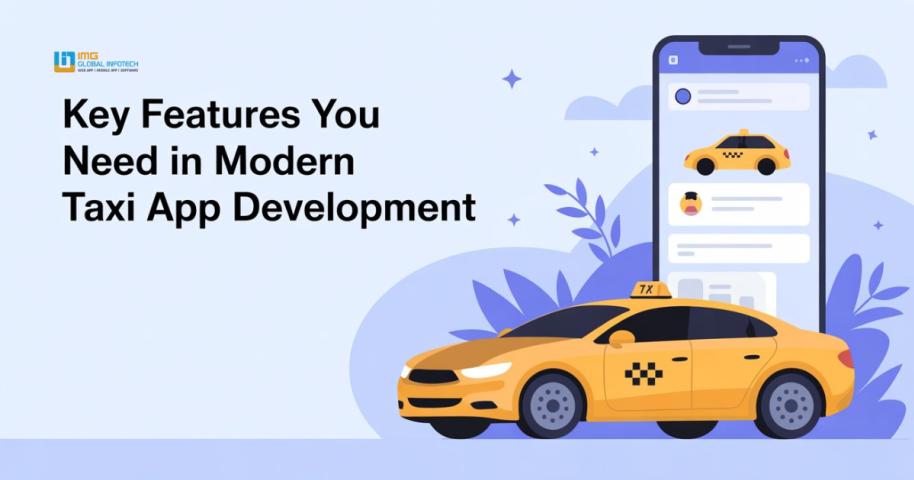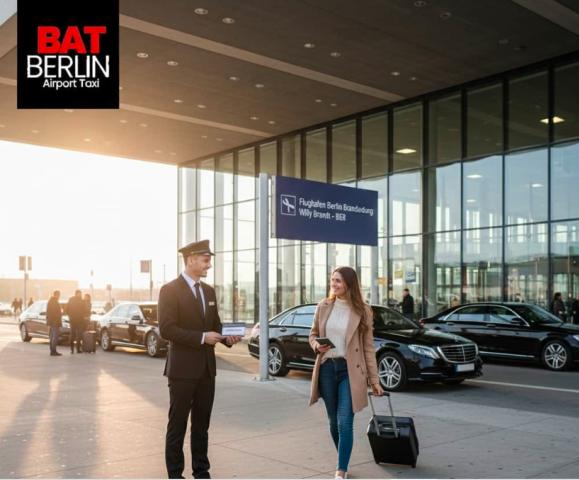In recent years, ridesharing apps like Uber and Bolt have significantly changed how people travel in Oxford. While traditional taxi services have long been a reliable option for residents, students, and tourists, ridesharing has introduced a new level of convenience and flexibility. But how has the rise of ridesharing impacted Oxford’s taxi industry? Here’s a look at the effects, both positive and negative, of ridesharing on Oxford taxi services.
1. Increased Competition for Traditional Taxis
The most noticeable impact of ridesharing on Oxford’s taxi services is the increase in competition. Unlike traditional taxi companies, which require pre-booking or hailing from designated ranks, ridesharing apps allow users to book a ride instantly with a few taps. This convenience has made ridesharing highly popular, particularly among younger, tech-savvy riders.
For Oxford taxi companies, this shift has encouraged them to adapt by improving their services and offering more convenient booking options to stay competitive.
2. Enhanced Convenience and Accessibility for Riders
One of the biggest advantages of ridesharing is the ease of access it provides to riders. Apps like Uber and Bolt are available 24/7, showing fare estimates, driver details, and real-time tracking—all within the app. This level of transparency and convenience has raised expectations among Oxford’s residents and visitors, pushing traditional taxi services to adopt similar features.
In response, many Oxford taxi companies now offer online booking platforms, real-time tracking, and mobile apps to make their services more accessible, leveling the playing field and enhancing convenience for riders.
3. Increased Demand for Flexible Payment Options
Ridesharing apps offer cashless payment options, making it easy for riders to pay securely without handling cash. This feature has influenced Oxford’s traditional taxi companies, with many now accepting credit and debit cards, digital wallets, and even app-based payments. This shift has not only simplified transactions for riders but also allowed traditional taxi services to appeal to a broader audience that prefers digital payments.
4. Pressure on Pricing and Fare Transparency
Ridesharing has also influenced pricing in the Oxford taxi industry. With apps offering upfront fare estimates, riders have become more cost-conscious and now expect similar transparency from traditional taxis. This has led to an increase in Oxford taxi companies offering fixed fares for longer journeys, such as airport transfers, and clearer fare breakdowns for regular routes.
While ridesharing can sometimes offer lower prices, traditional taxi companies still provide reliable service, particularly for high-demand times when surge pricing can make ridesharing quite expensive.
5. Incentives for Improved Customer Service
With ridesharing platforms allowing riders to rate their experience and leave feedback, customer service has become a crucial differentiator in Oxford’s taxi industry. Ridesharing apps give riders the ability to choose highly-rated drivers, and this has encouraged traditional taxi services to focus on maintaining high standards for driver professionalism, vehicle cleanliness, and punctuality.
Many traditional taxi services now offer more professional and courteous service to compete with the user-friendly experiences provided by ridesharing apps. Companies like Radio Taxis Oxford and 001 Taxis have invested in customer service training for their drivers, ensuring a pleasant ride experience that can match or exceed ridesharing options.
6. Greater Adoption of Technology in the Taxi Industry
The popularity of ridesharing has accelerated the adoption of technology within Oxford’s traditional taxi companies. Today, many Oxford taxi services have developed their own mobile apps, providing features similar to ridesharing, such as real-time tracking, driver identification, and trip history.
This technological shift has allowed traditional taxi companies to retain customers who might otherwise turn to ridesharing for the added convenience. It has also bridged the gap between traditional taxis and ridesharing, making both options equally appealing to Oxford’s tech-savvy riders.
7. Shift Toward Eco-Friendly Initiatives
Both ridesharing and traditional taxi services have become more aware of their environmental impact, leading to a greater focus on eco-friendly practices. Many ridesharing companies offer green options, like hybrid or electric vehicle rides, and traditional taxis in Oxford are increasingly following suit.
To remain competitive, some Oxford taxi companies have begun adding eco-friendly vehicles to their fleets or offering passengers options to offset their carbon footprint, aligning with the sustainability goals that resonate with modern customers.
8. Challenges in Licensing and Regulation
One of the biggest challenges brought about by ridesharing is the regulatory discrepancy between rideshare drivers and licensed taxi drivers. Traditional taxi drivers in Oxford undergo rigorous licensing, including background checks, medical exams, and local knowledge tests, all of which ensure safety and reliability.
Ridesharing drivers have different, often less stringent, requirements. This discrepancy has led to discussions on equalizing the regulatory standards for both types of services, with the aim of creating a fair playing field and maintaining high safety standards for all riders in Oxford.
9. Positive Impact on Nighttime and Peak Demand Travel
Ridesharing has made it easier to find transportation during peak times, such as late at night or during local events when demand is high. This has been beneficial for Oxford, where traditional taxis were sometimes hard to find during busy hours.
The availability of ridesharing has helped relieve some of the pressure on traditional taxis during these times, providing riders with more options and minimizing wait times. This dynamic helps balance supply and demand, especially when many people are trying to get around the city at once.
10. A Broader Range of Choices for Passengers
Overall, the introduction of ridesharing has expanded the range of options for travelers in Oxford. Riders can now choose between ridesharing apps and traditional taxis based on their needs, preferences, and budget. For short trips or casual outings, ridesharing may offer a more convenient and budget-friendly solution, while traditional taxis remain a reliable choice for fixed rates, airport transfers, and services like wheelchair accessibility.
The increased competition and variety of options have empowered Oxford’s residents and visitors to select the travel solution that best fits their situation, ultimately improving the overall transportation experience in the city.
Final Thoughts
The impact of ridesharing on Oxford’s taxi services has been transformative, bringing increased competition, improved service standards, and more options for riders. As traditional taxi companies continue to adapt by adopting technology and enhancing customer service, Oxford’s transportation landscape has become more diverse and efficient. By offering a blend of traditional reliability with modern convenience, Oxford’s taxis and ridesharing services are evolving together, ensuring the best experience for all passengers.
Visit: Promote Project















